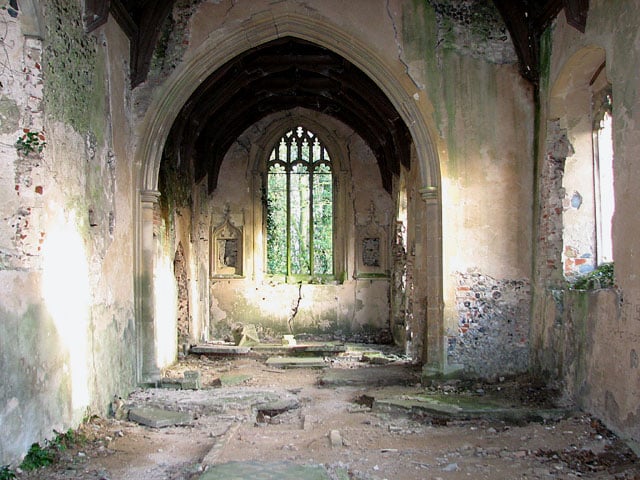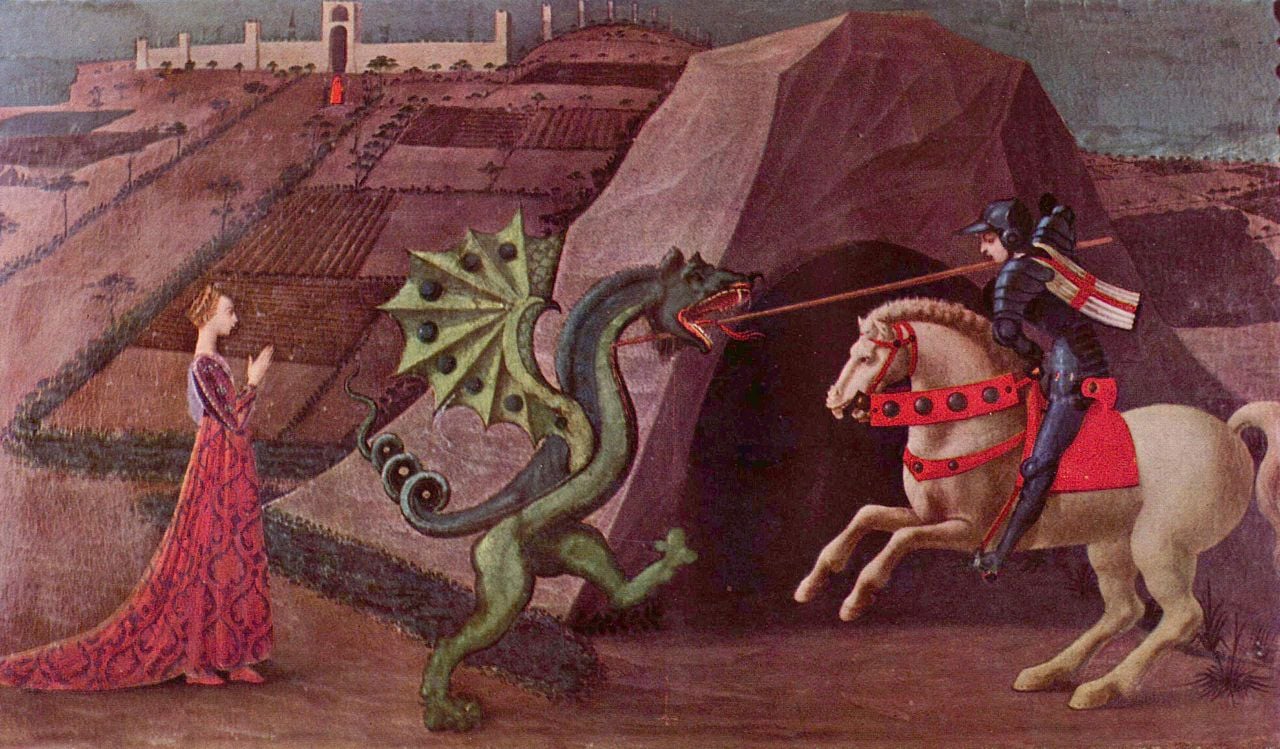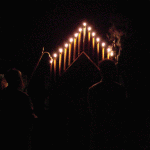
The beginning of “Such Great Heights” by The Postal Service sounds like bubbles popping. The soft pop-pop-poppoppop-pop leads into a deeper electronic beat that queues in Ben Gibbard’s soft melodic voice singing about true love. Yes, he sings about that scary thing. Most artists do. And even more often, they sing about the lack of love (also known as rejection, isolation, or objectification). Gibbard goes ahead and outlines the complete package of love—body and soul.
The song begins with these bold words:
I am thinking it’s a sign That the freckles in our eyes/Are mirror images and when/We kiss they’re perfectly aligned/And I have to speculate/That God himself did make/Us into corresponding shapes/Like puzzle pieces from the clay.
Immediately Gibbard admits that maybe, just maybe, because our human bodies align in a certain way, that they are intended to be so. The corresponding puzzle pieces connote, of course, conjugal love. By referencing clay, Gibbard takes us back to the beginning when God created Adam from the dust of the earth. He harkens back to man being creating by the Master Potter artistically forming man out of the dust of the earth in His own image. Man—men and women as persons and together in marriage—is made in His image. God, however, as we all know is invisible and does not have a body—the creation of the world happened before the Word became flesh. The Trinity is characterized by an eternal over-flowing and drinking up of love. This is the image in which we are made: to give and receive love, whether that is in friendship, in nature, in helping the poor, in marriage, etc.
So then, what is the purpose of our bodies if we are in the image of the Being that does not have a body? Our bodies are the expression of our persons in the physical world. Our personhood is made in the image of God, the giving and receiving of self. Gibbard thinks that, “…it’s a sign the/The freckles in our eyes/Are mirror images and when we kiss their perfectly aligned.” Their bodies fit together in a sort of one flesh union—like marriage and conjugal sex. But what is more important, is that our bodies are made to give and receive already from the moment we were born. The “puzzle pieces” of bodies reveal how in our bodies both people give and receive in “fitting together.” The maleness or femaleness of our bodies is the physical expression of our self and reveals the way in which we receive and give love.
Interestingly, the music video does not contain even a hint of steamy innuendo. Instead, the love interests are in white protective lab suits complete with respirators. Most of the video is taken up with machinery making micro-chips or something for a satellite. This adds to the idea of the specificity and carefulness in creation. When human create, another aspect of being made in the image of God, we create things that require precision, whether it is a Gothic cathedral or a satellite. Why then would we accept approximation or misappropriation in our own bodies? Everything we have been given has a very specific purpose. We see this in nature (for example the structure of the leaf of a lily pad and in our own organs).
The song steps up and adds background voices for the chorus,
They will see us waving from such great heights,/”Come down now,” they’ll say/But everything looks perfect from far away,/”Come down now,” but we’ll stay…
What heights have they reached and what does it have to do with “puzzle pieces?” Man is supposed to reveal the love of God. In fact, Christ divinized our flesh through the Incarnation and sacrifice. The importance of flesh is evident in the Eucharist, in Theotokos or the God Bearer, Christ’s ascension in His body to the right-hand of the Father, and in our own bodies and cleansing them from sin and becoming more Christ-like we also become, in a way, “God bearers” in that others can see the love of God in us and through us. The height of God’s love and our call to enact it and manifest it in our lives is the “great heights” I think of in this song. We are called to perfect love. Why is that conjugal union? Why is that marriage? The sacrament of marriage is the perfection of love through the giving of one’s whole person, the self and the body, to another and them reciprocating. It is impossible to enact this complete giving unless it is in the confidence of an indissoluble union. (In a poem that a friend wrote about relationships, one of the lines was, “The person who cares the least has the most power.” This is the complete opposite of what happens if they are truly giving their whole self, then it becomes more like two people becoming more and more like one person as they pick-up each other’s virtues, and is not power over the other but a communion of persons.)
The perfection of love brings us closer and closer to the Author and Being of Love. I think that this is the height from which Gibbard is waving. When people tell them to “Come down now,” it is like asking them to have a less than perfect love. In addition, from the great heights of love Gibbard notices that “everything looks perfect.” It is through the radical and communion of self-giving of love that we see the perfection we were all made for in Love. That is why they stay waving from those great heights.
To be fair this radical giving of love to another looks scary and difficult. Sometimes this fear leads me to pray to have a vocation as a religious sister. But then again, even that has to do with love and the Theology of the Body. There is no escape—every action has something to do with love…
***
P.S. Perhaps you’re more familiar with the Iron and Wine version of this song. It has a very different feel but the same message. Enjoy both!
***
Sarah Schweizer is studying Literature in the masters program at University of Dallas after graduating from Hillsdale College with a B.S. in Mathematics and English. When she is not reading novels, essays, or theology you are likely to find her out trail running or smelling the flowers.













